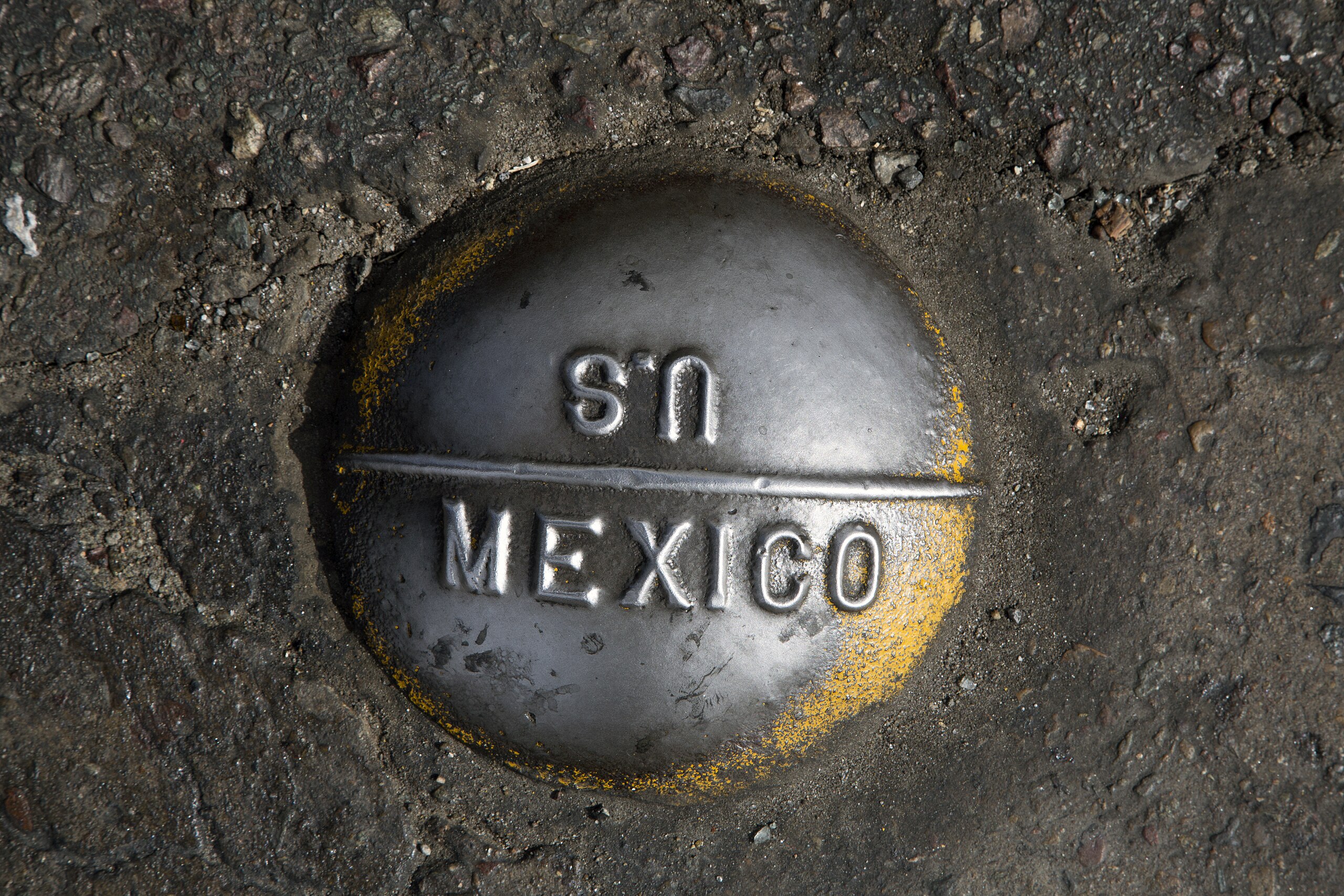Mexican authorities arrested Luis García Villagrán in Tapachula, Chiapas, for allegedly using his organization Pueblo sin Fronteras (People without Borders) as part of a network of various NGOs that were a front to smuggling people and drugs through Mexico.
The arrest of the immigration advocate came a day before hundreds marched from South Mexico to the North protesting the long wait on their asylum applications.
The Case Against an Activist
Luis García Villagrán has been a major influence during the caravans for years, loudly criticizing the government for ignoring the migrants’ plight. His arrest, many believed, was meant to be a deterrent.
Authorities have previously arrested other activists, including Irineo Mújica, who heads People without Borders. He was arrested twice during the first Trump administration but was let go due to lack of evidence.
Mexico’s President Claudia Sheinbaum told media during a news briefing that Villagrán was “not an activist” but was tied to human trafficking, highlighting that as a crime and the reason for his arrest.
Mexican authorities stated that they uncovered a network of NGO fronts, which hid a network of gangs dealing with human smuggling and drug trafficking throughout Mexico. They declined to provide details or evidence of this, however.
In this network, Villagran was allegedly responsible for obtaining false documentation to allow migrants to cross Mexico.
After Judge Jonathan Izquierdo released him due to lack of evidence for prosecution, Attorney General Alejandro Gertz Manero’s office said they would appeal the decision and accused Izquierdo of ignoring the tremendous amount of evidence presented.
The procession took place without Villagrán, however, involving about 300 migrants who, instead of the border, chose Mexico City as their destination in hopes of jobs, housing, and settling asylum claims. They were escorted by immigration agents, police, marines, and paramedics. Heyman Vázquez, a Catholic priest who also took part, highlighted that this proved the government was concerned about the caravans.
The Series of Caravans
Villagrán has been a very public and loud advocate of migrant rights across Mexico, hoping to force the Mexican government to make legal immigration more accessible. He is just one of many organizers of migrant caravans, where hundreds, sometimes thousands, marched to the US border to protest the delay of asylum applications as well as the lack of protection against gangs, corruption, and the lack of acknowledgement they face.
The Mexican government has been attempting to control the migration waves attempting to reach the US by forcing migrants to remain in the south of the country. This has caused a buildup of stranded migrants awaiting legalization, which is slow to arrive.
Mexico’s south lacks jobs and is home to its poorer areas, such as Chiapas state, listed as the poorest. During previous caravans, migrants said their documents only allowed them to remain in one city; whether they could make a living there was not monitored.
Since Trump took office, keeping migrants away from the border has become easier as they have begun seeking new routes. But those who remain face an uncertain future.

